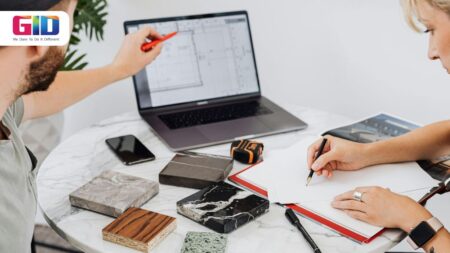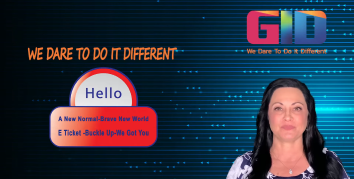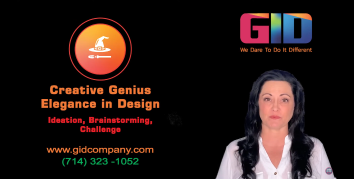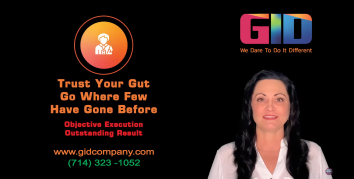Professional Product Prototype Development: Key Elements and Steps
Professional product prototype development is one of the cardinal preliminary steps in the product manufacturing process. It is nothing but a three-dimensional model of your concept. Developing a prototype, in fact, can be the most interesting and rewarding step you will take, as an entrepreneur. You can develop a prototype at your home or hire a product prototype development company, and see your idea take a form into something real and tangible.
Creating a primary prototype for your perceived product is an essential part of making your concept a solid reality. A product prototype lets you test the functionalities, as well as aids you to impress your financiers and targeted customers. Here, we will explain some of the key elements of product prototype development that you should keep in mind while developing a prototype.
Getting Started
First things first, for effective prototyping, you will require the help of someone who is skilled in designing applications like CAD and its alternatives. Develop a digital model of your product that can be observed on a 3D plane. While generating a digital mockup, ensure that angles and connections are mathematically sound. Professional product prototype development begins with a robust digital model.
Simple is Beautiful & Useful too
During professional product prototype development, keep in mind that the fewer parts mean lesser intricacy of the prototype. If you are generating a prototype for an electric product, ensure that the prototype doesn’t have unnecessary and dead connections. In case of a tangible non-tech product, ensure to make it aesthetically beautiful, appealing, and user-friendly. A rule of thumb for a successful prototype is to keep it simple and include as few components as possible, as it can offer the most organized look to your design. Hide or reduce unnecessary wiring, and if possible, combine multiple components into one.
Time to convert the digital model into the physical prototype
At the end of the above step, you will have an enhanced digital model; therefore, it’s time to convert the digital mockup into the physical model. Following the diagrams, you generated on your computer, use foam, wood, or cardboard to develop a non-functional model of your product. Of course, the process may be a bit tedious and frustrating; however, it is an essential step in professional product prototype development. Once you have the physical prototype of your product in your hand, you can analyze it to conclude, whether it is the mockup you were intending for or not.
Time to Turn a Physical Prototype into a Functional Prototype
Trying to impress your potential financiers and customers with a prototype made from foam or cardboard is not at all advisable. Well, to be honest, here comes the most complex step in the process of professional product prototype development. Prepare a list of the parts you require. If it is an electronic product, then ensure that all the connections are made and double-checked by someone experienced in electronics. Visit local shops to buy the necessary materials to create a functional prototype. A complete set of tools and workbench will allow you to develop a sophisticated prototype.
After Testing, It’s Time to Refine your Prototype
Do not let your spirit down if your first prototype seems like a second-grade school project. It is true; at the first attempt, your prototype may won’t appear subtle at all. However, keep moving and test the functionality. If your prototype functions properly, then all you need is to do is to tweak the external looks. You may have to develop multiple prototypes before you achieve the one that is quite close to your actual concept. After making the final touches, your professional product prototype development is ready for presentation.
Once your prototype is ready for the presentation, add a printed manual on its assembly. Develop two prototypes – one in a disassembled form and one in an assembled form, so that you can explain the inner components of the product.
Contact a Product Prototype Development Company
To develop a fully-functional and aesthetically appealing prototype, you require in-depth industry knowledge, prior experience, and most importantly, the latest tools for prototyping. If you don’t want to occupy yourself into the complexities of professional product prototype development, then it is recommended to hire the services of an established product development company.
At GID Development Corporation, professional product prototype development is at our core and involved in every aspect of our product manufacturing process. We have state-of-the-art product manufacturing equipment that facilitates us to do prototype development in a limited timeframe once the design process is complete. If you need any help related to product design, product development, or prototype development, give us a call at 714-323-1052.

















